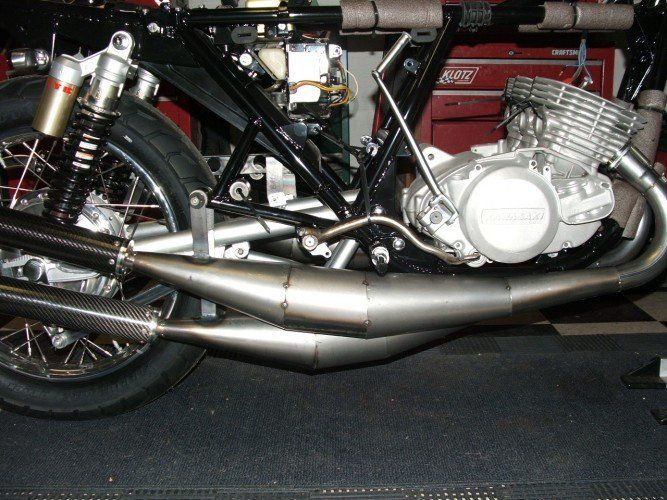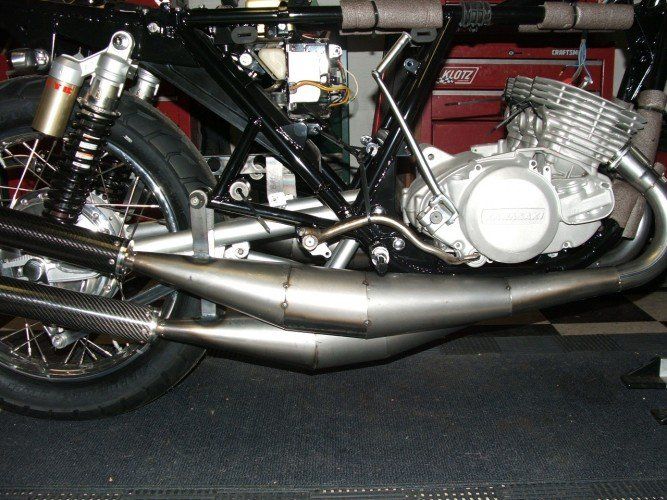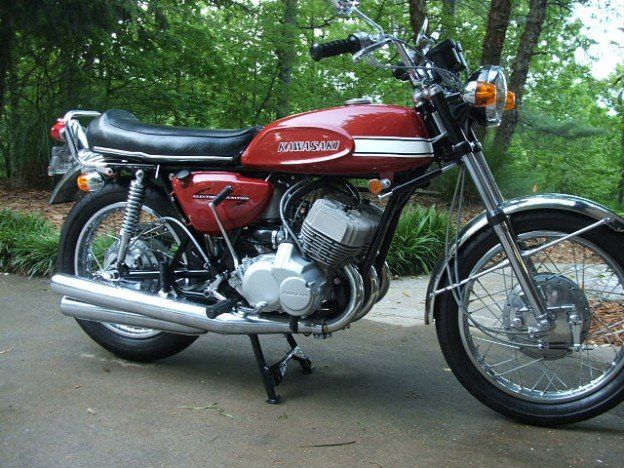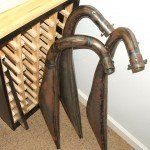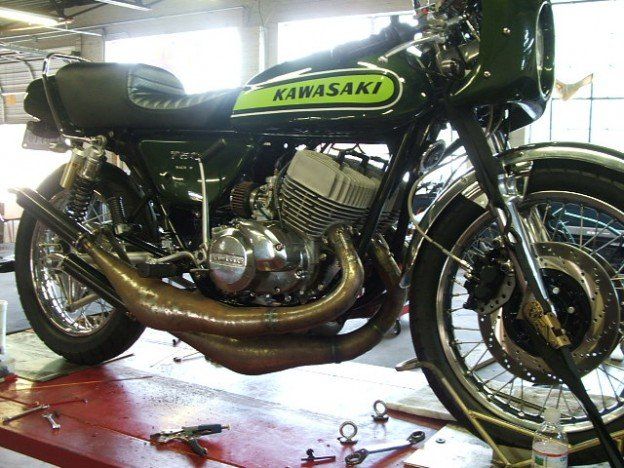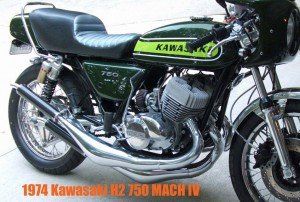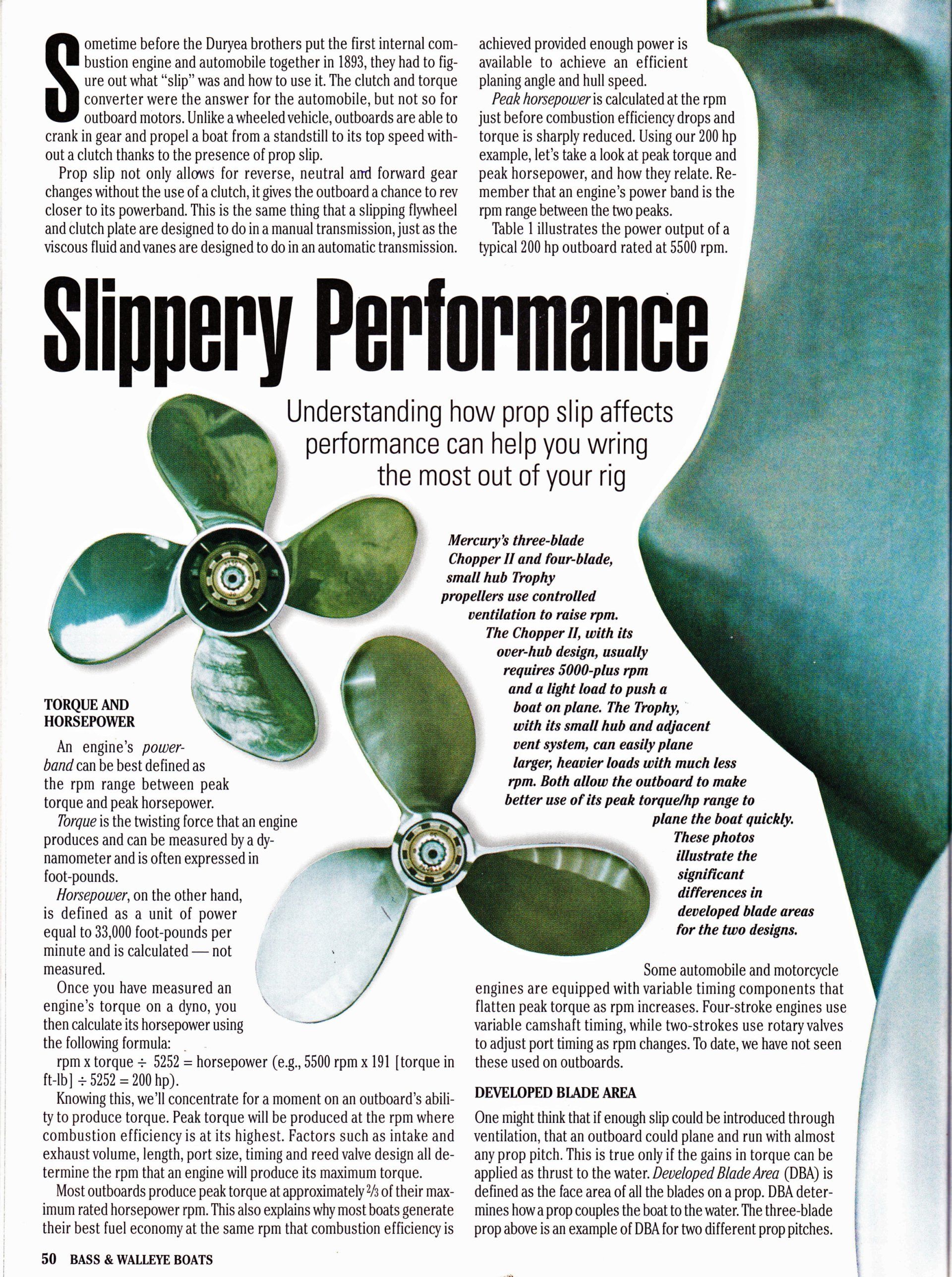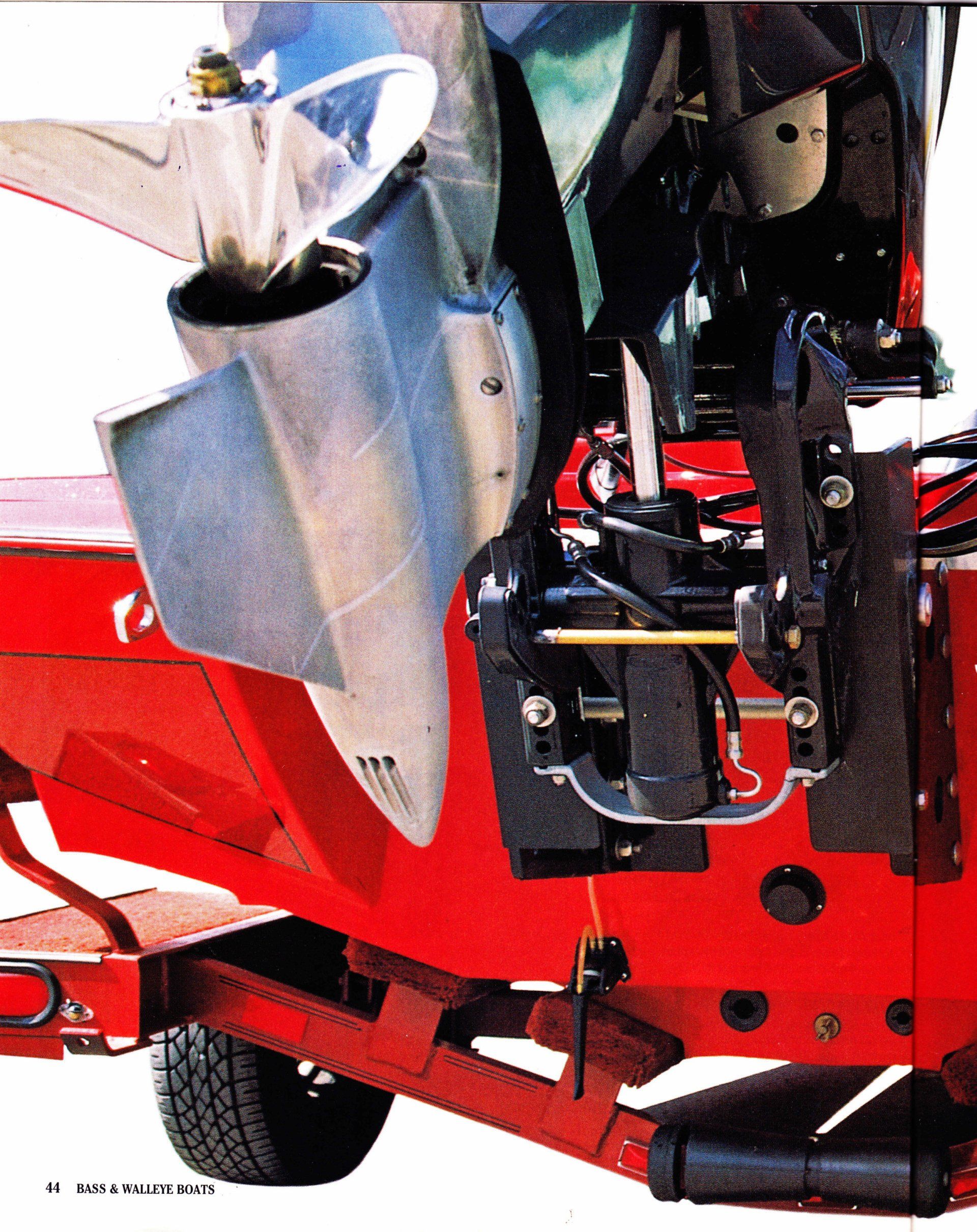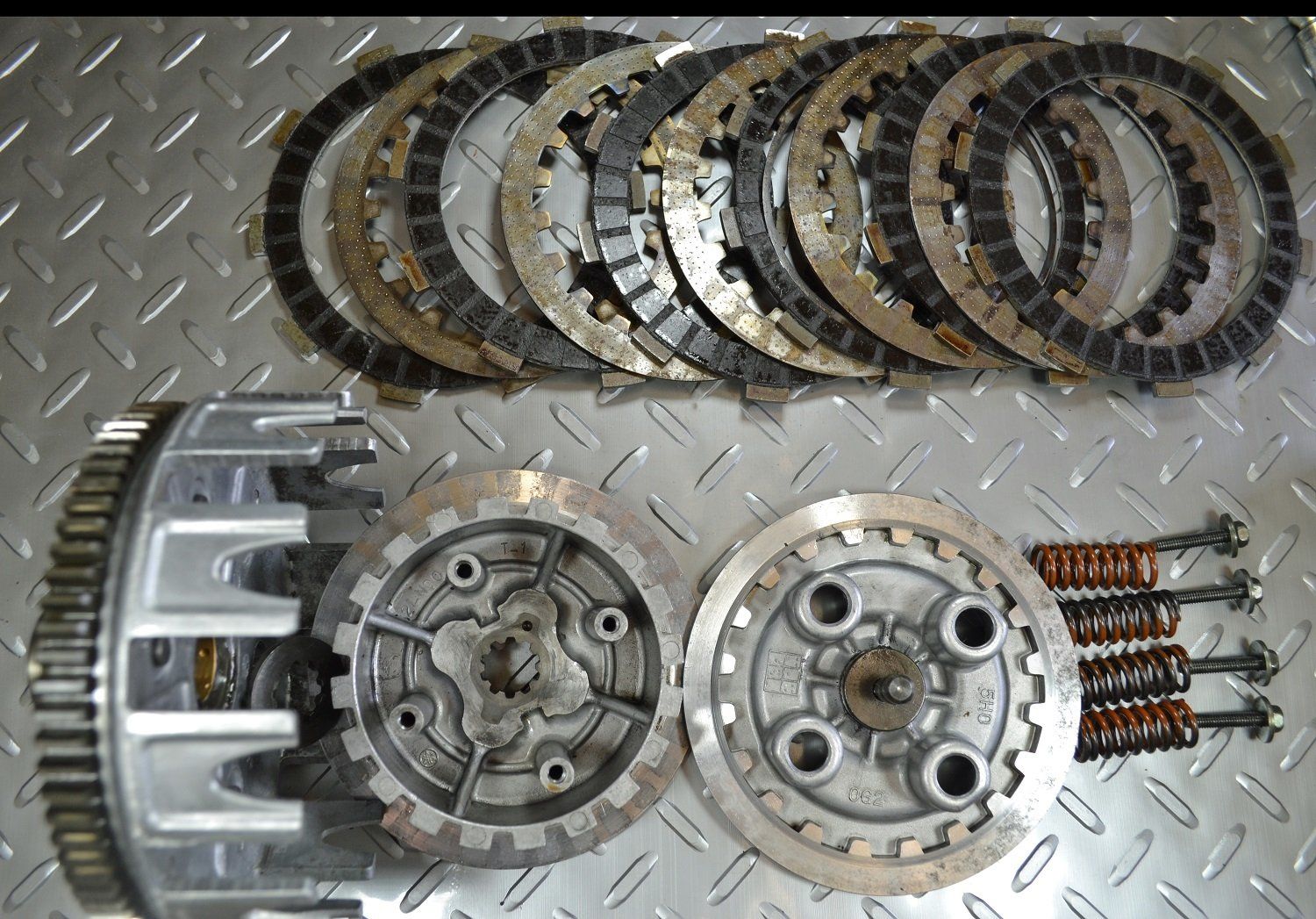We fondly use it to describe the burst/doubling of power that an old 2-stroke produces in a very narrow window of RPM. When the “magic” inside shapes of the exhaust pipes generate a sound wave and send reverse pressure back towards the exhaust port – effectively “Super Charging” the cylinder with as much as 15 PSI.
The combination of 6~8 lbs of forced filling of the intake from the extreme velocity and the 6~8 lbs of reverse pressure coming from the reversion cone deep inside the exhaust could create pressures inside the combustion chamber equal of that of a supercharger. On Pipe performance was never linear. If you built an engine to generate peak numbers – the result is sharp rise/fall before and after the magic rpm.

